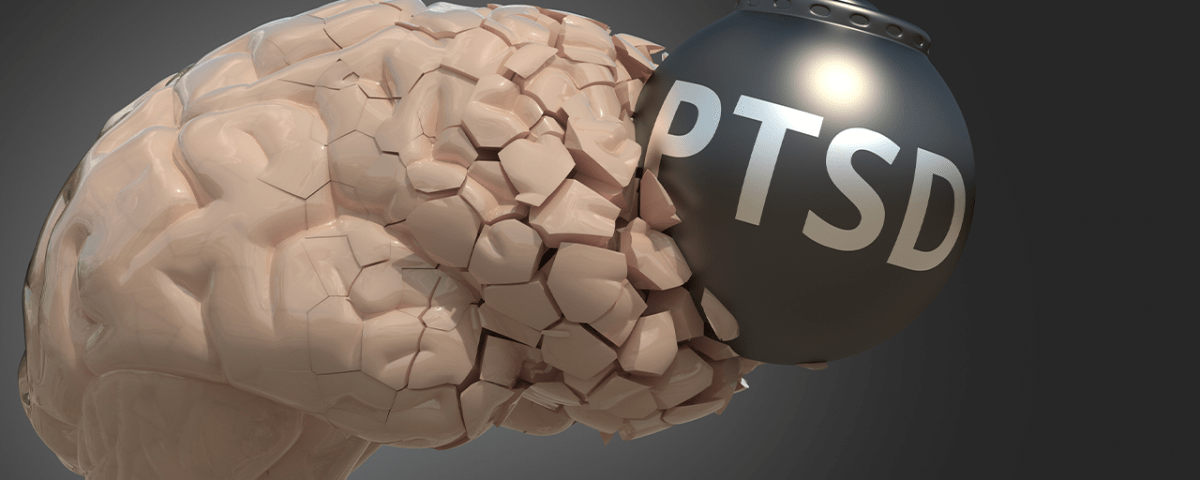Posttraumatic Stress Disorder (PTSD): Symptoms, Causes, Treatment
What are the symptoms of PTSD?
Post-traumatic stress disorder (PTSD) is a mental health condition that can develop after experiencing or witnessing a traumatic event. The symptoms of PTSD can vary in severity and may include:
- Intrusive memories: Recurrent, unwanted memories of the traumatic event, flashbacks (reliving the traumatic event as if it were happening again), or distressing dreams related to the event.
- Avoidance: Avoiding reminders of the traumatic event, including places, people, thoughts, or feelings associated with the event.
- Negative changes in thinking and mood: Negative thoughts about oneself or the world, distorted beliefs about the cause or consequences of the traumatic event, feelings of detachment from others, lack of interest in activities once enjoyed, or difficulty experiencing positive emotions.
- Changes in emotional reactions: Irritability, angry outbursts, reckless or self-destructive behavior, hypervigilance (feeling on edge or being easily startled), or exaggerated startle response.
- Symptoms of arousal and reactivity: Difficulty concentrating, difficulty sleeping (insomnia), or being easily startled.
It’s important to note that not everyone who experiences a traumatic event will develop PTSD, and the severity and duration of symptoms can vary. Symptoms may appear shortly after the traumatic event or they may not appear until months or even years later. If you or someone you know is experiencing symptoms of PTSD, it’s important to seek help from a mental health professional. Therapy, medication, and support groups can all be effective in treating PTSD and helping individuals cope with the effects of trauma.
What are the causes of PTSD?
Post-traumatic stress disorder (PTSD) can develop after a person has been exposed to a traumatic event, which is defined as an event that involves actual or threatened death, serious injury, or sexual violence. Not everyone who experiences a traumatic event will develop PTSD, and the exact causes of PTSD are not fully understood. However, several factors may contribute to the development of PTSD, including:
- Experiencing a traumatic event: The most common cause of PTSD is experiencing a traumatic event firsthand. This can include but is not limited to, military combat, sexual or physical assault, natural disasters, accidents, or witnessing a traumatic event happening to others.
- Severity of the trauma: The more severe or prolonged the trauma, the higher the risk of developing PTSD. Traumas that are life-threatening or involve a significant threat to physical or emotional well-being are more likely to lead to PTSD.
- Previous traumatic experiences: People who have experienced previous traumatic events or who have a history of trauma, especially in childhood, may be more susceptible to developing PTSD.
- Biological factors: Some research suggests that certain biological factors, such as differences in brain structure and function, may contribute to an increased risk of developing PTSD.
- Genetics: There may be a genetic component to PTSD, as some studies have found that PTSD can run in families.
- Personality factors: Certain personality traits, such as a tendency to experience negative emotions or difficulty coping with stress, may increase the risk of developing PTSD.
- Lack of social support: A lack of support from friends, family, or the community after a traumatic event can increase the risk of developing PTSD.
It’s important to note that not everyone who experiences a traumatic event will develop PTSD, and individual responses to trauma can vary. Additionally, the presence of risk factors does not guarantee that someone will develop PTSD. If you or someone you know is experiencing symptoms of PTSD, it’s important to seek help from a mental health professional. Therapy, medication, and support groups can all be effective in treating PTSD and helping individuals cope with the effects of trauma.
What is the treatment for PTSD?
Treatment for post-traumatic stress disorder (PTSD) typically involves a combination of therapy, medication, and support. The goal of treatment is to reduce symptoms, improve quality of life, and help individuals cope with the effects of trauma. Here are some common treatments for PTSD:
- Psychotherapy: Psychotherapy, or talk therapy, is often the first-line treatment for PTSD. Cognitive behavioral therapy (CBT) is a type of therapy that is particularly effective for PTSD. CBT helps individuals identify and change negative thought patterns and behaviors related to the trauma. Other types of therapy, such as exposure therapy and eye movement desensitization and reprocessing (EMDR) therapy, may also be used to help individuals process and cope with traumatic memories.
- Medication: Antidepressant medications, such as selective serotonin reuptake inhibitors (SSRIs) or serotonin-norepinephrine reuptake inhibitors (SNRIs), are often prescribed to help manage symptoms of PTSD. These medications can help reduce feelings of sadness, anxiety, and anger associated with PTSD.
- Support groups: Joining a support group for individuals with PTSD can provide a sense of community and understanding. Sharing experiences and coping strategies with others who have experienced trauma can be helpful in managing symptoms.
- Self-care: Engaging in self-care activities, such as getting enough rest, eating a healthy diet, exercising regularly, and avoiding alcohol and drugs, can help improve overall well-being and reduce symptoms of PTSD.
- Education: Learning about PTSD and its treatment can help individuals understand that they are not alone and that help is available. Education can also help reduce feelings of guilt or shame associated with PTSD.
It’s important for individuals with PTSD to work closely with a mental health professional to develop a comprehensive treatment plan that addresses their specific needs. With appropriate treatment and support, most people with PTSD can experience significant improvement in their symptoms and quality of life.




